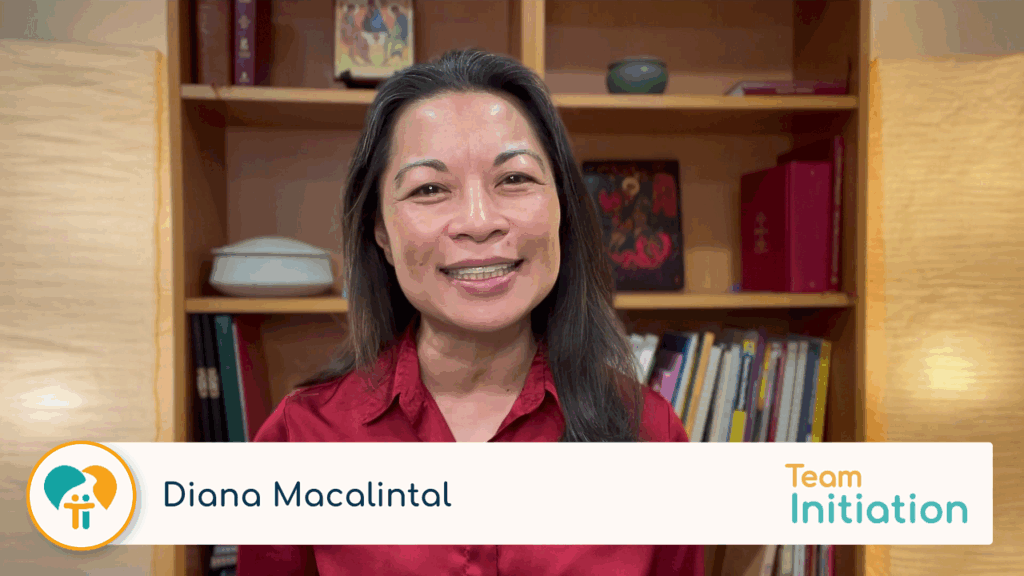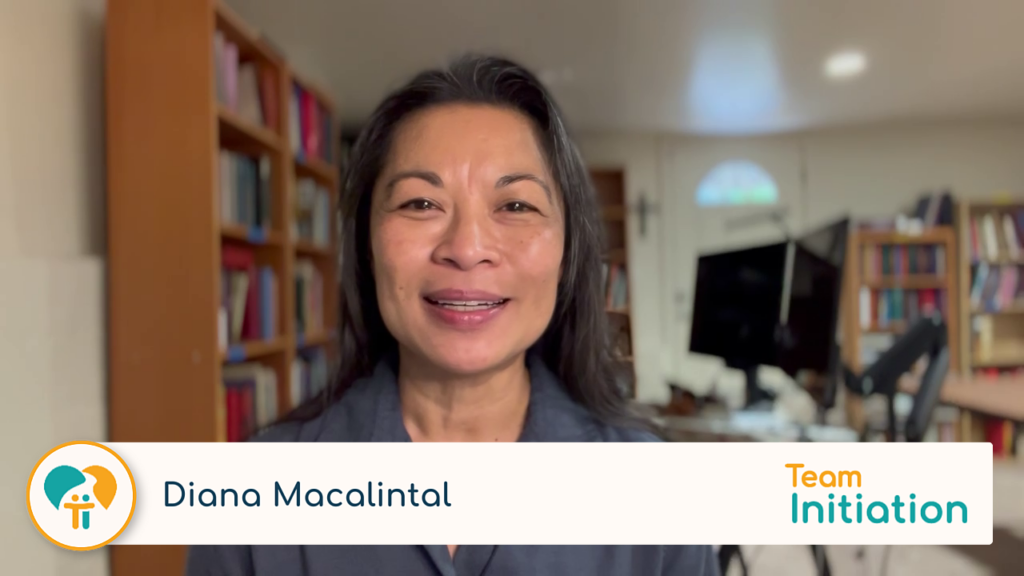Last week, I was meeting with a new inquirer in the Sr. Thea Bowman Room at our parish. Somehow, we started talking about the Christmas season. I quickly realized we were talking about two very different things. I meant the time between December 25 and January 6. She meant the weeks between Thanksgiving and Christmas Day.
There happened to be a colorful liturgical year calendar on the wall behind her, and I took the opportunity to provide a quick overview of how the church views time.
I’m sure many of you have had similar moments. Seekers often don’t know that “church time” and “secular time” overlap but carry very different meanings and rhythms. And they almost never know that the liturgical year is more than a schedule of feast days. It is a sacred journey through the story of Christ and the mystery of salvation. Immersing seekers into the rhythm of the liturgical year is an essential part of their formation.
Not just dates on a calendar
Even lifelong Catholics sometimes think of the church year as a list of holy days: Sundays, Christmas, Easter, and maybe Ash Wednesday. But the liturgical year is more like a sacred itinerary—a journey with a destination.
An itinerary takes us somewhere. The liturgical year leads us through the saving work of Jesus Christ. Unlike a tour of ruins in Greece or masterpieces in France—moments in history preserved for tourists—the itinerary of salvation is happening here and now. The gospel stories proclaimed each Sunday are not only about the past. The liturgy announces them as events of today.
- Today Christ is born for us
- Today believers pass with Christ from death to life.
- Today is the day of salvation.
Seekers whom we accompany on this sacred itinerary journey walk with us into a more intimate communion with and deeper conversion to Jesus Christ. Week by week, season by season, we the Cross through death into life.
Seekers whom we accompany on this sacred itinerary journey walk with us into a more intimate communion with and deeper conversion to Jesus Christ.
Why this matters
For seekers, nothing shapes faith more deeply than celebrating the liturgical year. It is through the liturgy, lived as an itinerary, that they begin to learn the way of missionary discipleship.
Presence
This is true because of a central teaching about the liturgy — it is where we encounter the real presence of Christ:
- in the Eucharist, broken and shared,
- in the priest who presides,
- in the word proclaimed,
- and in the gathered assembly of God’s people. (see Constitution on the Liturgy, 7)
Universal membership
The liturgical year also forms seekers as members of the Body of Christ. It is not just our parish that is celebrating the 28th Sunday or Ordinary Time or the Third Sunday of Advent or the Fifth Sunday of Easter. It is the universal church, the Body of Christ, that is united together as one in prayer and worship.
Salvation
And perhaps most importantly, they discover that salvation is now. It is not a distant promise of a heaven we might reach someday. God breaks into our lives today. Today is the day of salvation. Today God liberates, rescues, and frees us to live forever in Christ.
When seekers embark on this sacred itinerary, they begin to see their own lives as part of salvation history. Ordinary Mondays are no longer ordinary. A hard day at work is no longer completely dispiriting. Even tragedy and heartbreak no longer carry the weight of despair. Every moment takes on sacred meaning, because it belongs to the same journey Christ is walking with the church.
Practical impact
It is easy, of course, to simply substitute the church’s calendar for the secular calendar. Advent can become just a time when we light four candles on a wreath. Lent can devolve into just giving up candy or alcohol as if on a diet plan.
That’s not what I want for the seeker I met last week in the Sr. Thea Room. I want her to see Advent as a plan for living in hope and vigilance. I want her to have a goal for Lent — a goal of real conversion and scrutiny about living in light of the gospel mission. I want the Easter Vigil to be both a destination and a launching of dying to her old self and rising to new life in Christ. I want her to find in Ordinary Time the extraordinary joy of a steady, lifelong mission of discipleship.
New catechists often ask me for a resource they can hand seekers to explain all this—a book, a video, a handout. I tell them that’s impossible. Explaining the liturgical year on paper is like explaining your love for your spouse or your child with a fact sheet. You can’t do it.
If you want me to understand your marriage, invite me to your 40th anniversary party. If you want me to understand your love for your child, invite me to their graduation or their starring role in the school play. If you want seekers to understand the liturgical year, you can’t just point them to a colorful calendar on the wall. You have to invite them into the life of the church.
She will begin to understand when she sits next to us in the pews. And then again next Sunday. And the next, and the next. Surrounded by a parish community that lives the liturgical year, seekers are swept up into the mystery the liturgy proclaims. And in that mystery, they find Christ.
Explaining the liturgical year on paper is like explaining your love for your spouse or your child with a fact sheet. You can’t do it.
Join the conversation
How have you helped seekers step into the rhythm of the liturgical year in your parish? What worked—and what didn’t? Share your stories and ideas in the comments below. Your experience might be the encouragement one of your colleagues needs right now.

















